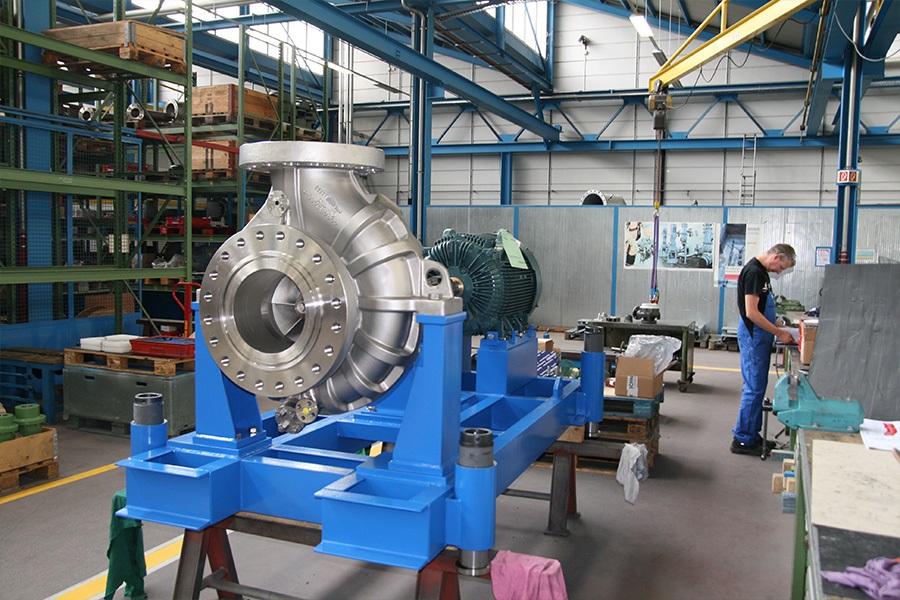
Slurry pumps are vital workhorses in industries like mining, dredging, and wastewater treatment, tirelessly shifting abrasive, thick mixtures of liquid and solids. Yet, despite their importance, there’s a fair bit of confusion swirling around them. Misconceptions can lead to poor decisions, wasted money, and pumps that pack up sooner than they should. Let’s clear the mud and tackle some of the most common slurry pump myths, UK-style.
1. Any Pump Can Handle Slurry
This is a classic blunder. Your bog-standard water pump might look the part, but throw slurry at it—full of grit, sand, or sludge—and it’ll choke faster than you can say “repair bill.” Slurry pumps are built tough, with reinforced casings, heavy-duty impellers, and specialised seals to take the punishment. Assuming any old pump will do is a shortcut to breakdowns and misery.
2. They Don’t Need Much Maintenance
Some reckon slurry pumps are “fit and forget” machines. Wrong. These beasts deal with harsh, abrasive gunk day in, day out—wear and tear is par for the course. Skip the regular checks, and you’ll soon be fishing out a knackered impeller or replacing a seized bearing. Routine inspections, cleaning, and part swaps aren’t optional; they’re essential to keep things humming.
3. Bigger Pumps Are Always Better
Size isn’t everything. Oversized pumps might seem like a safe bet, but if they’re too big for the job, you’re wasting energy and cash. They can also churn the slurry too hard, causing extra wear or even clogging. Match the pump to your flow rate, pressure needs, and slurry type—get it right, and you’ll save yourself a headache.
4. Slurry Pumps Are All the Same
Not a chance. There’s a world of difference between centrifugal, submersible, and positive displacement slurry pumps. Each has its strengths—centrifugal ones excel at high flow, submersibles thrive underwater, and positive displacement pumps handle thick, sticky stuff. Picking the wrong type because “they’re all alike” is a recipe for inefficiency or outright failure.
5. They’ll Last Forever if You Buy a Good One
Even the poshest slurry pump won’t soldier on indefinitely. The abrasive nature of slurry means parts like liners, impellers, and seals wear out—it’s not a flaw, it’s physics. A top-quality pump might last longer and cope better, but “forever” isn’t on the table. Plan for replacements and budget accordingly.
6. Loud Noises and Vibrations Are Normal
If your pump’s rattling like a bag of spanners or shaking the floor, don’t shrug it off as “just how it is.” Excessive noise or vibration usually means trouble—misalignment, worn bearings, or an impeller on its last legs. Ignore it, and you’re begging for a breakdown. Get it checked sharpish.
7. You Can Pump Anything Through Them
Slurry pumps are tough, but they’ve got limits. Chuck in oversized rocks, thick goo beyond their spec, or wildly corrosive mixes, and you’ll knack it. Every pump has a sweet spot for particle size, viscosity, and chemical makeup—stray too far outside that, and you’re asking for clogs, erosion, or a pump that’s toast.
8. They’re Too Expensive to Justify
Yes, slurry pumps UK can cost a pretty penny upfront, especially compared to basic water pumps. But think long-term. A proper slurry pump saves you downtime, repairs, and replacements that pile up with a cheaper, unfit alternative. It’s not an expense—it’s an investment in keeping your operation running smoothly.
9. All Problems Are the Pump’s Fault
When things go pear-shaped—low flow, odd noises, or sudden stoppages—it’s easy to point the finger at the pump. But sometimes the slurry’s the villain. Too thick, too chunky, or full of surprises like unexpected debris? That’ll throw a spanner in the works. Check what you’re feeding it before you blame the hardware.
10. DIY Fixes Are Fine
Tempted to bodge a repair with a bit of tape or a whack of a hammer? Think again. Slurry pumps are complex, and a quick fix might patch things up for a day but cause chaos later—misaligned parts, hidden damage, or worse. Call in a pro or follow the manual properly. It’s not worth the gamble.
Final Thoughts
Slurry pumps are brilliant bits of kit, but they’re misunderstood more often than not. Bin these misconceptions, and you’ll get more out of your pump—longer life, better performance, and fewer headaches. Take the time to pick the right one, look after it properly, and respect its limits. The muck might be messy, but your approach to slurry pumps doesn’t have to be.







